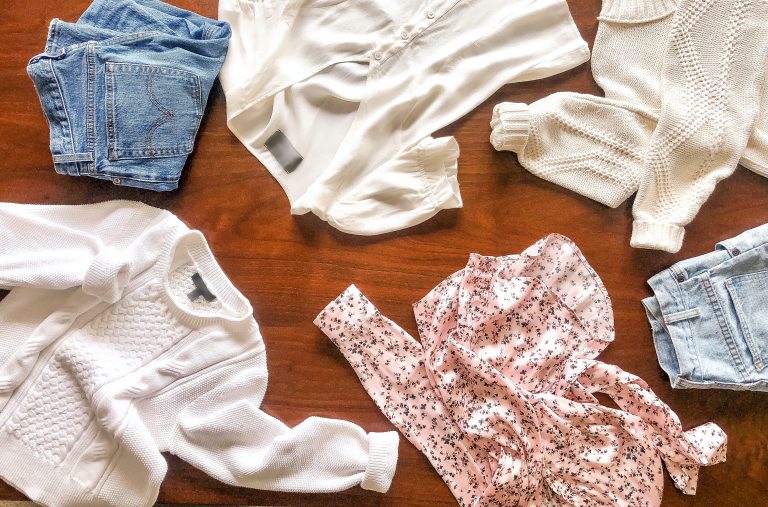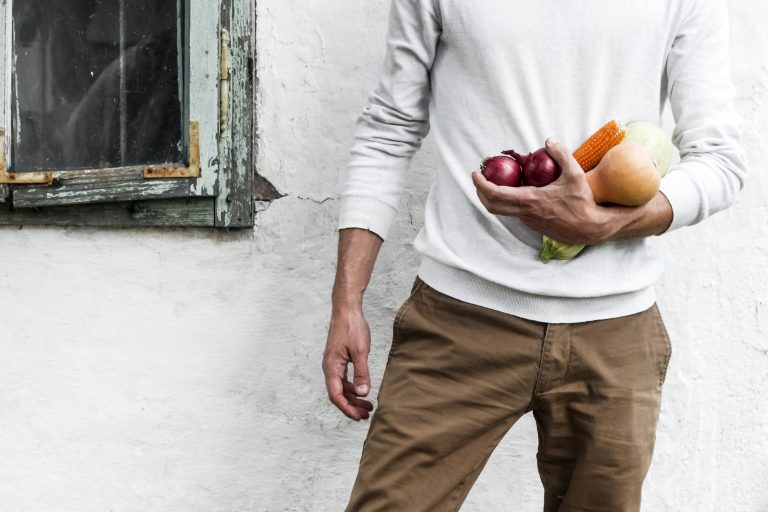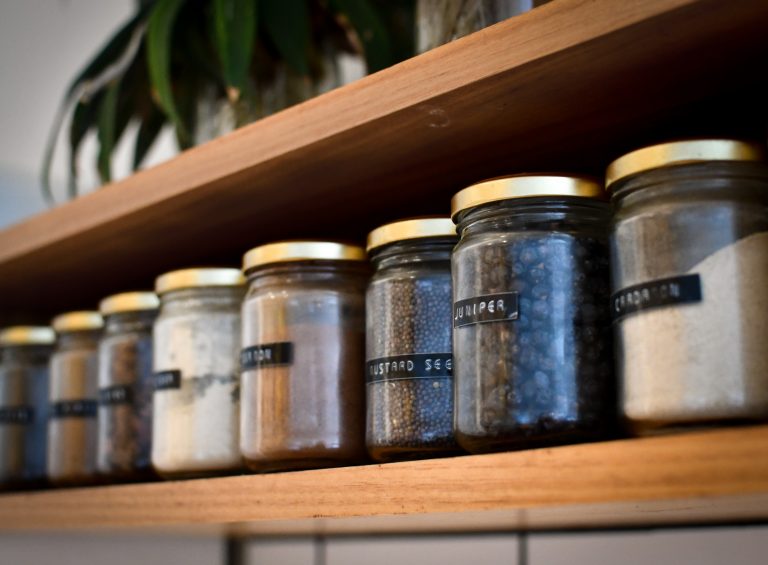Not all clothing fabrics are created equally when it comes to their environmental footprints. The most eco-friendly fabrics are the ones that leave very little behind. This includes everything from how a fabric is made to where it ends up once we’re done with it.
This guide will shed some light on what makes a fabric eco-friendly (or not) and which options to look for when you shop for clothes in the future!
What makes a fabric eco-friendly?
Low water usage
Making fabrics for clothing requires a lot of water — enough to fill 32 million Olympic swimming pools!
The most sustainable fabrics are ones that require little water to produce. However, how a fabric is dyed and finished can also save water.
Sustainable agriculture
How fabric materials are grown is important for a few reasons:
First, sustainable farming techniques help to reduce water needed for irrigation.
Second, preventing the use of harmful pesticides and herbicides keeps pollution out of our water systems.
Finally, sustainable agriculture practices prevent land degradation. This protects habitats from being destroyed and converted for agricultural use. In other words, we can do more with the land we’re already using!
Safe dyes and chemicals
Some dyes and chemicals used to produce fabrics are harmful to human health and the environment. Common chemicals used for weather-proofing, wrinkle-proofing, and making fabrics stain-resistant are carcinogenic and known hormone disruptors.
This is troublesome not only because we wear these chemicals, but also because we dump them into our global water systems. In fact, fashion is responsible for one-fifth of the world’s water pollution!
The good news is that clothing companies are feeling the pressure to find alternatives. Safe chemical certifications for clothes like Bluesign and ZDHC are helping to alleviate the problem.
Small carbon footprint
The production of fabrics and clothing contributes to 10% of global greenhouse gas emissions; and that percentage is growing quickly! So it shouldn’t come as a surprise that the most energy-intensive fabrics are considered to be the least sustainable.
Responsible disposal
Finally, sustainable fabrics are ones that can be disposed of without harming the environment. Ideally, the most eco-friendly fabrics (and their dyes) are biodegradable. Recyclable fabrics are the next best option.
At the end of the day, the goal is to keep clothes out of landfills.
What to look for in your clothes
It’s worth noting that none of these fabrics are totally perfect. Each one comes with its own set of successes and failures. For example, some fabrics that break down overtime might also require more water to produce.
Likewise, plastic fibers that don’t break down are big ocean polluters. However, recycled versions do help to keep plastic out of our oceans and landfills.
1. Natural, non-plastic fibers
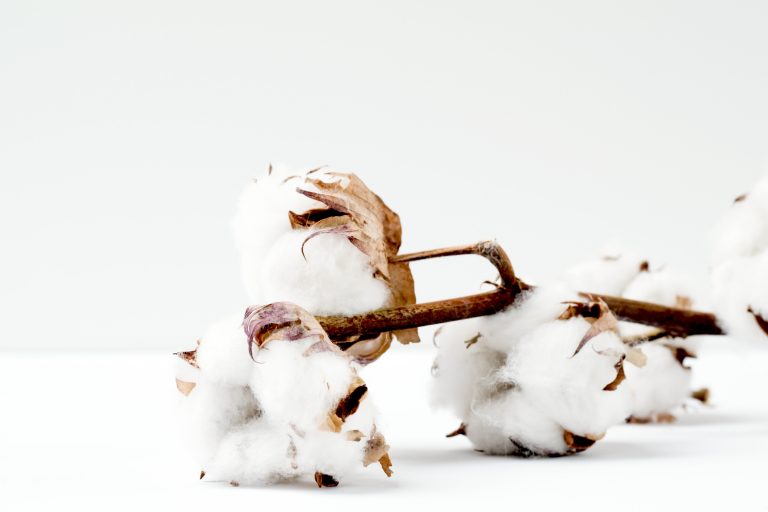
Linen
Linen is widely thought of as the most sustainable fabric option. This flax-based fabric doesn’t use much water and is totally biodegradable on its own! It’s also super durable and breathable for hot, humid summer months.
Cotton
Cotton certainly has its pros and cons. It has a much larger water footprint compared to linen and (like with many areas of the fashion industry) comes with a risk of labor issues. However, certifications like GOTS, the Better Cotton Initiative, and Fairtrade are changing the cotton game for good.
Cotton is also biodegradable and can be easily recycled into new items.
Wool
Wool is a very strong fabric with a fair amount of stretch. Compared to cashmere, it’s generally a better fabric for activewear and cozy base layers.
Wool’s biodegradability and ability to be easily recycled makes it a very eco-friendly fabric. Also, if you’re concerned about animal welfare, certifications like the Responsible Wool Standard help to make sure the wool in our clothes is produced ethically.
Cashmere
Cashmere is less durable and generally pricier than wool. However, it’s much softer and a better option for ultraplush sweaters and scarves. In short, cashmere is wool’s boujee cousin.
The material on its own is biodegradable. That being said, where cashmere comes from also dictates how eco-friendly the material is. For example, cashmere goats need to be raised in a way that doesn’t destroy land.
Alternatively, brands can use recycled cashmere instead of producing more of it. Patagonia and Stella McCartney are a few brands doing just that.
Silk
Silk is another renewable fabric that will eventually biodegrade, depending on the dyes and chemicals used to treat it.
Conventional silk relies on mulberry trees, which silkworms eat. These trees are typically grown using conventional pesticides and fertilizers. However, organic GOTS certified silk helps to reduce the negative environmental impacts associated with conventional pesticides.
At the end of the day, the durability and beautiful texture of silk makes it something you’ll want to hold on to for a long time!
Down
I know this one might ruffle some feathers, but when companies source down responsibly, this can be a great eco-friendly material. Unlike synthetic alternatives, down will eventually break down.
However, when choosing down, it’s crucial to choose options that promise no live plucking or forced feeding. The Global Traceable Down Standard is one example used by Patagonia.
Another option is to look for clothing brands that use recycled down. Choosing recycled reduces the need to produce more of it. Everlane’s Re:Down program is a prime example!
2. Man-made, plant-based fibers (but be wary)
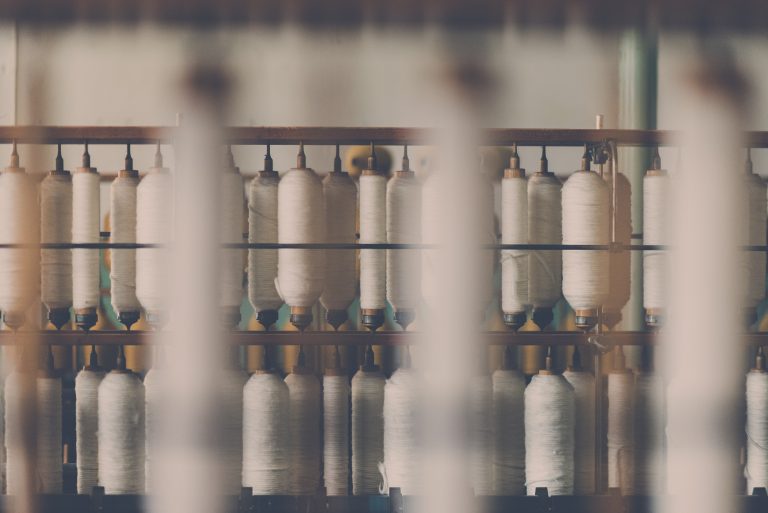
Viscose (or Rayon)
Viscose is derived from wood pulp, which can come from eucalyptus, pine trees, cotton, or bamboo. Unfortunately, only about 29% of wood pulp used is sourced sustainably. This means that viscose can contribute to deforestation and loss of biodiversity.
To top it all off, viscose requires a lot of energy and water to produce!
If you’re going to purchase viscose clothing, try to look for sustainable forestry and chemical certifications like FSC, EU Ecolabel, and OekoTex 100.
Tencel
TENCEL is a brand of viscose which aims to be more sustainable. Essentially, the manufacturing process uses less energy. The dyes and chemicals used are also considered to be less toxic to human health and the environment.
3. Old clothes, turned new
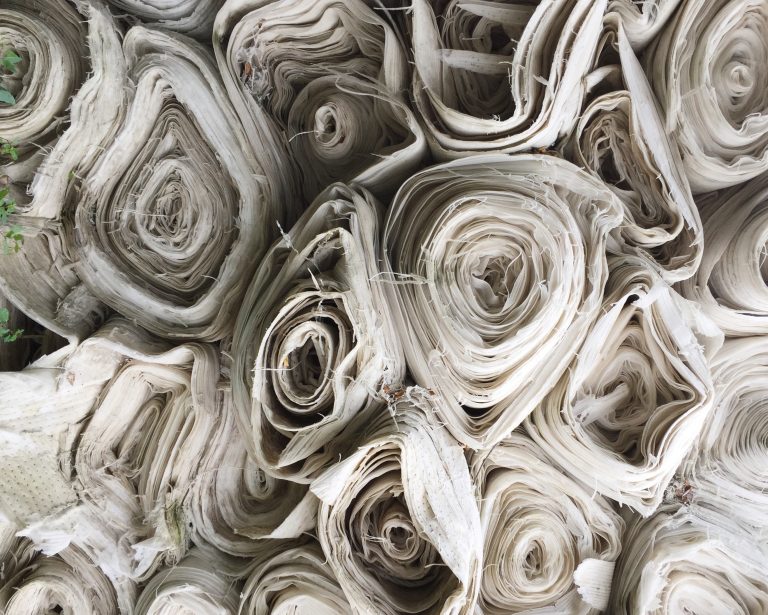
The fashion industry generates a lot of waste. As consumers, we throw away an estimated 70 pounds of clothing per person per year! Fortunately, some clothing brands see that waste as an opportunity to “close the loop” and turn old clothes into new ones.
Synthetic fabrics like nylon and polyester can be recycled into new clothing. To find recycled options in your clothes, look for certifications like the Recycled Claim Standard (RCS), the Global Recycled Standard (GRS), and ECONYL.
Textiles waste starts long before clothes even make it into your closet.
During manufacturing, only a portion of fabric rolls are used for garments. Manufacturers are left with excess that typically goes straight to the landfill. However, these scraps can be turned into stunning small-batch collections!
Brands like Christy Dawn and Excess Only use fabric that would otherwise go to waste for beautiful tops, dresses, and more!
What eco-friendly fabrics do you look for when you shop? Let us know!
